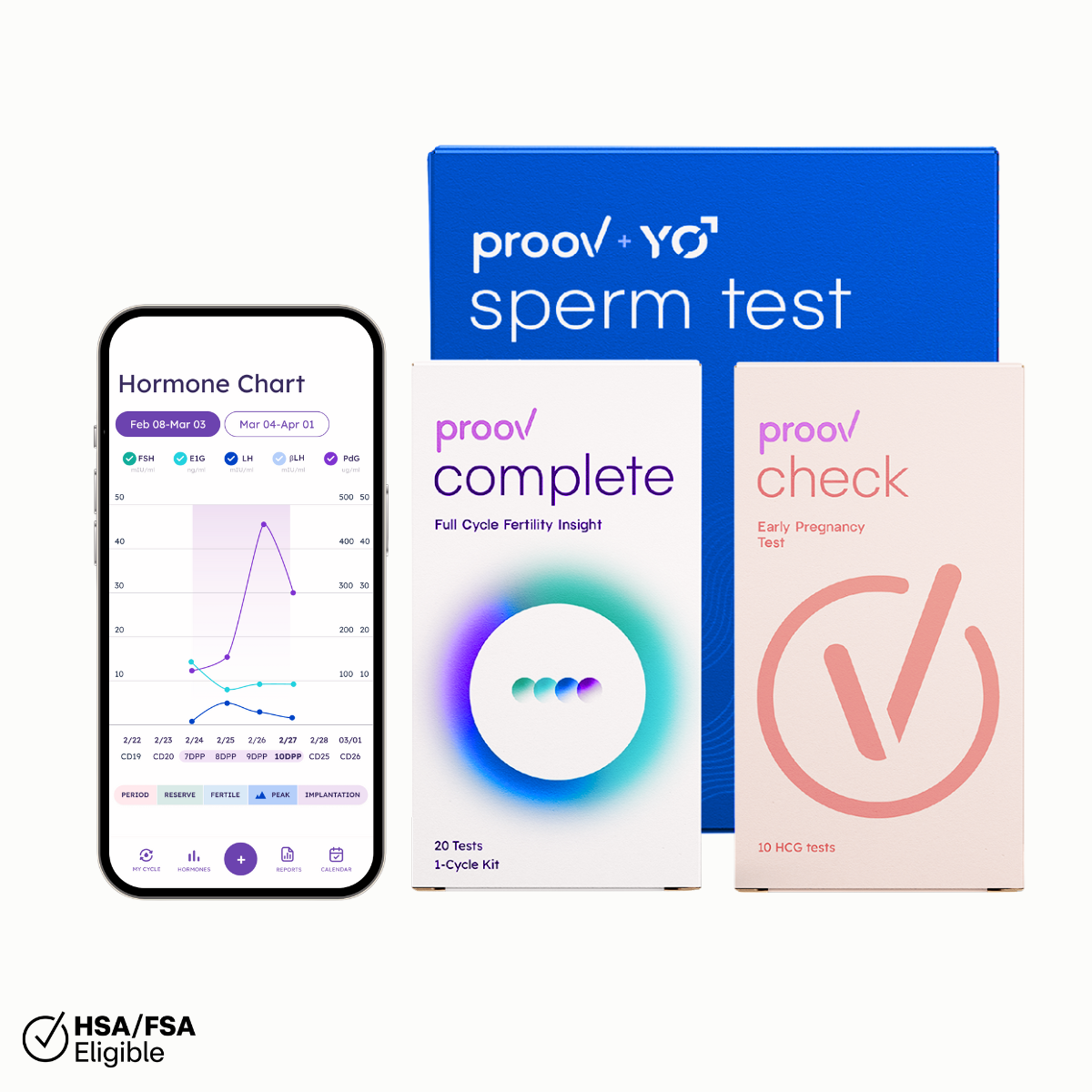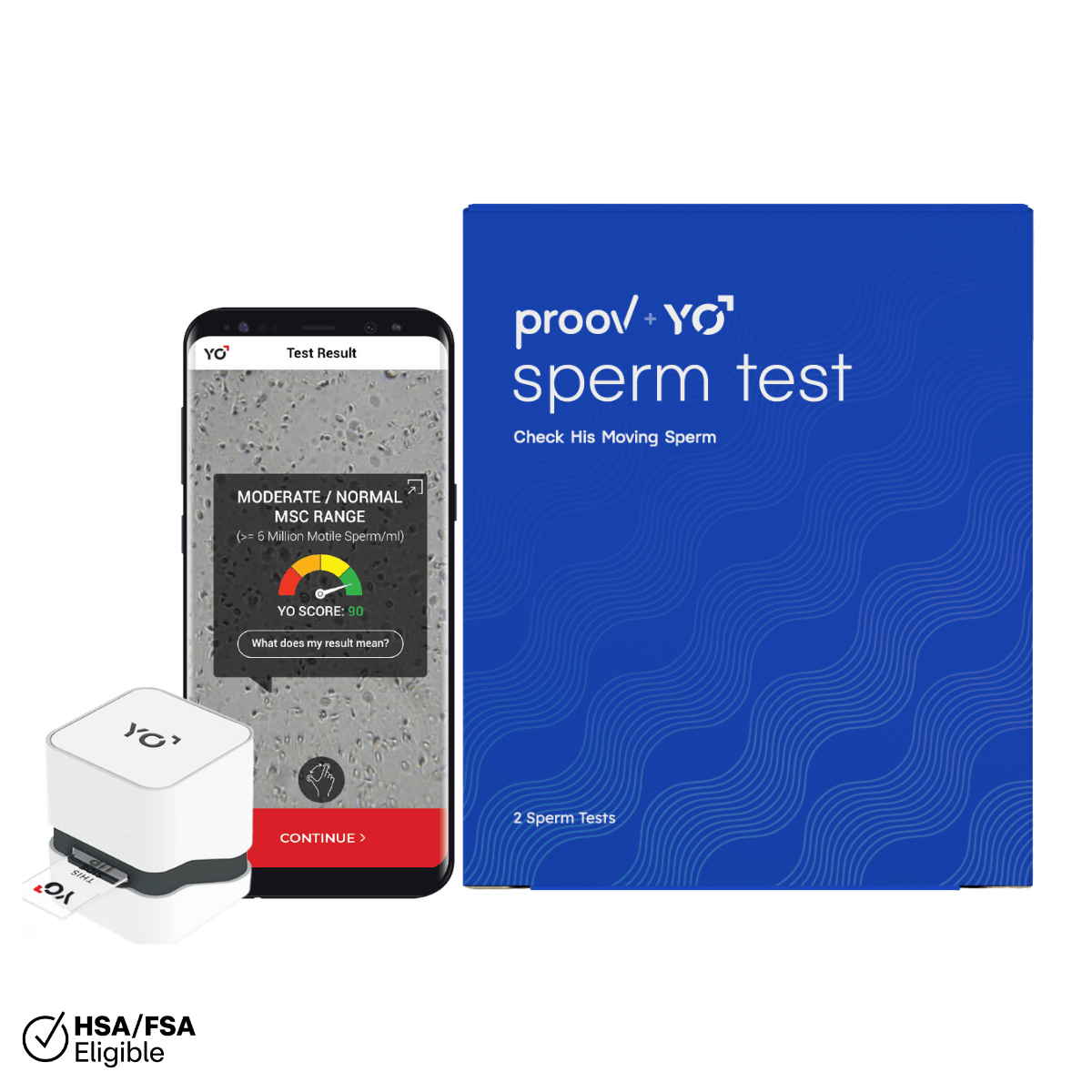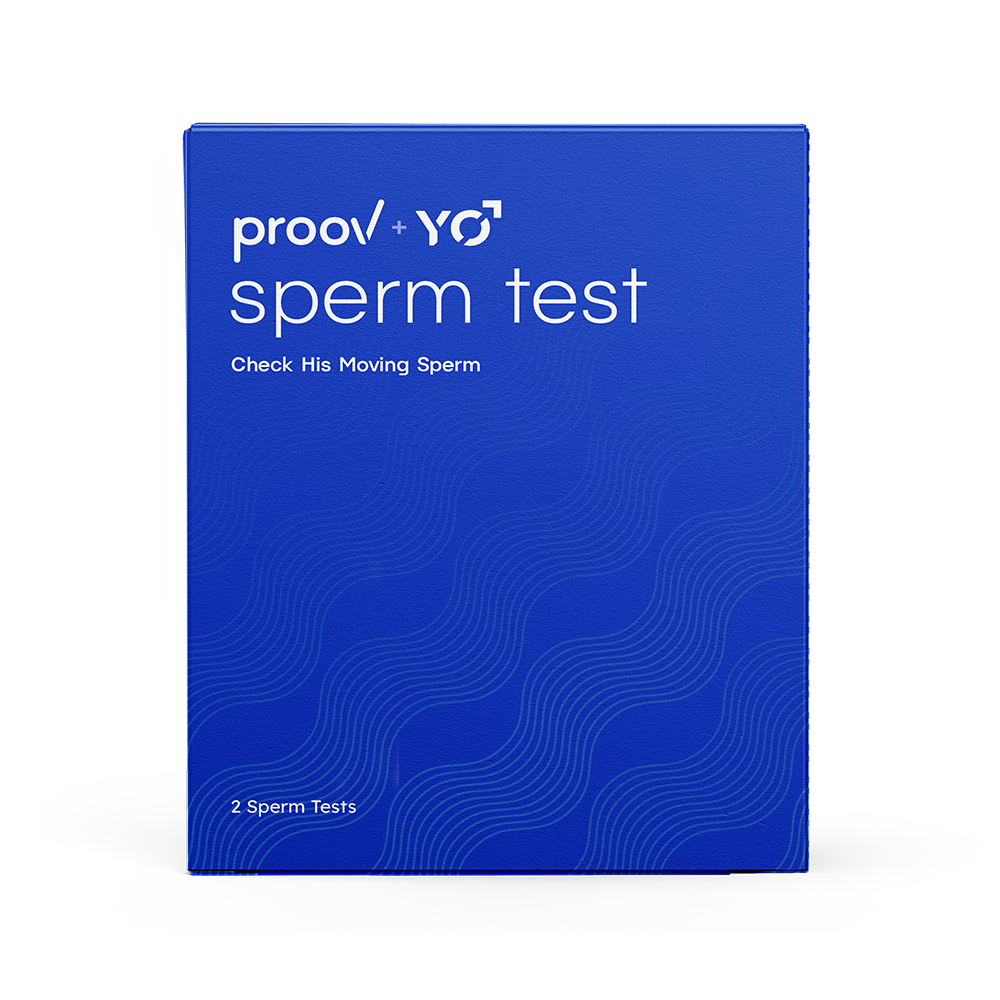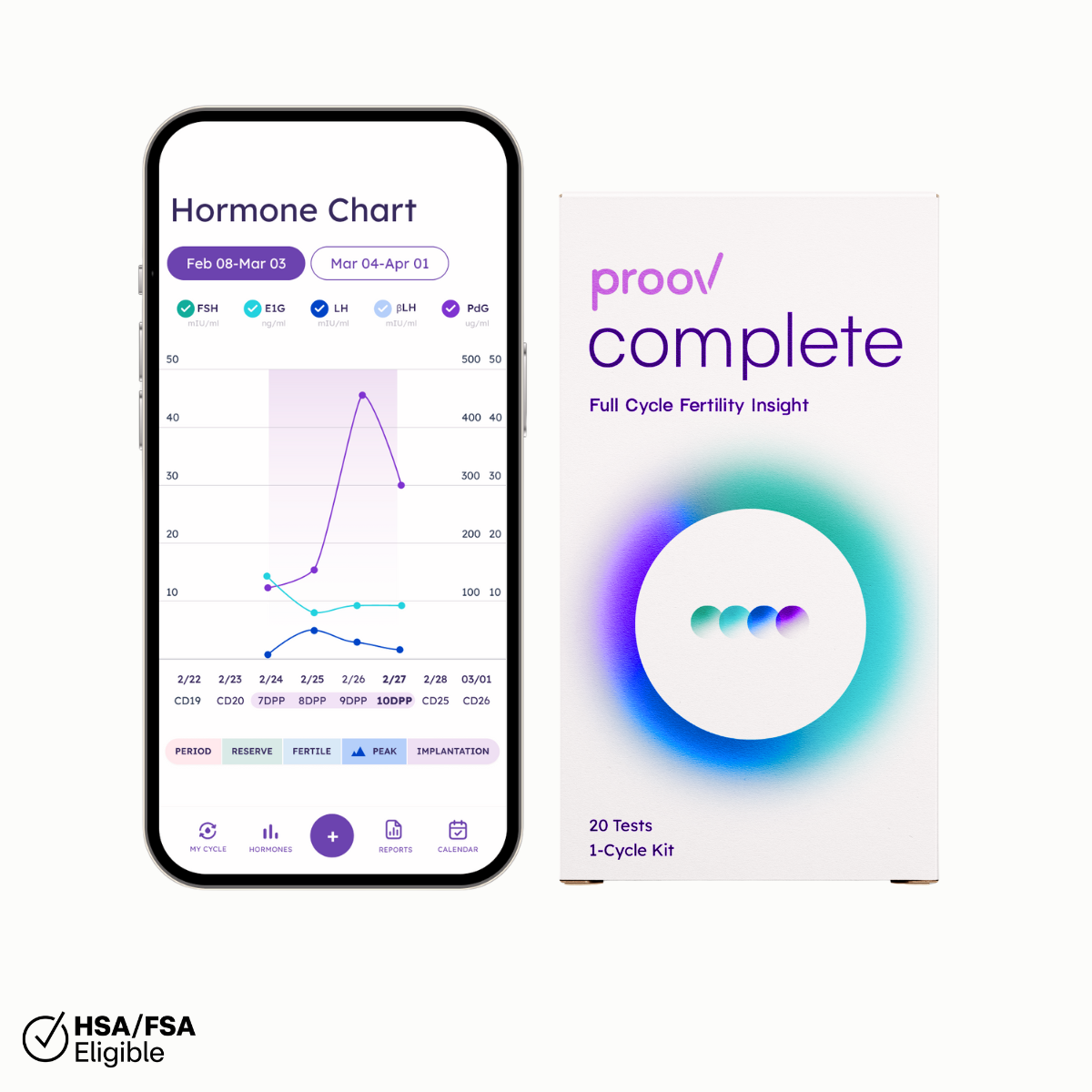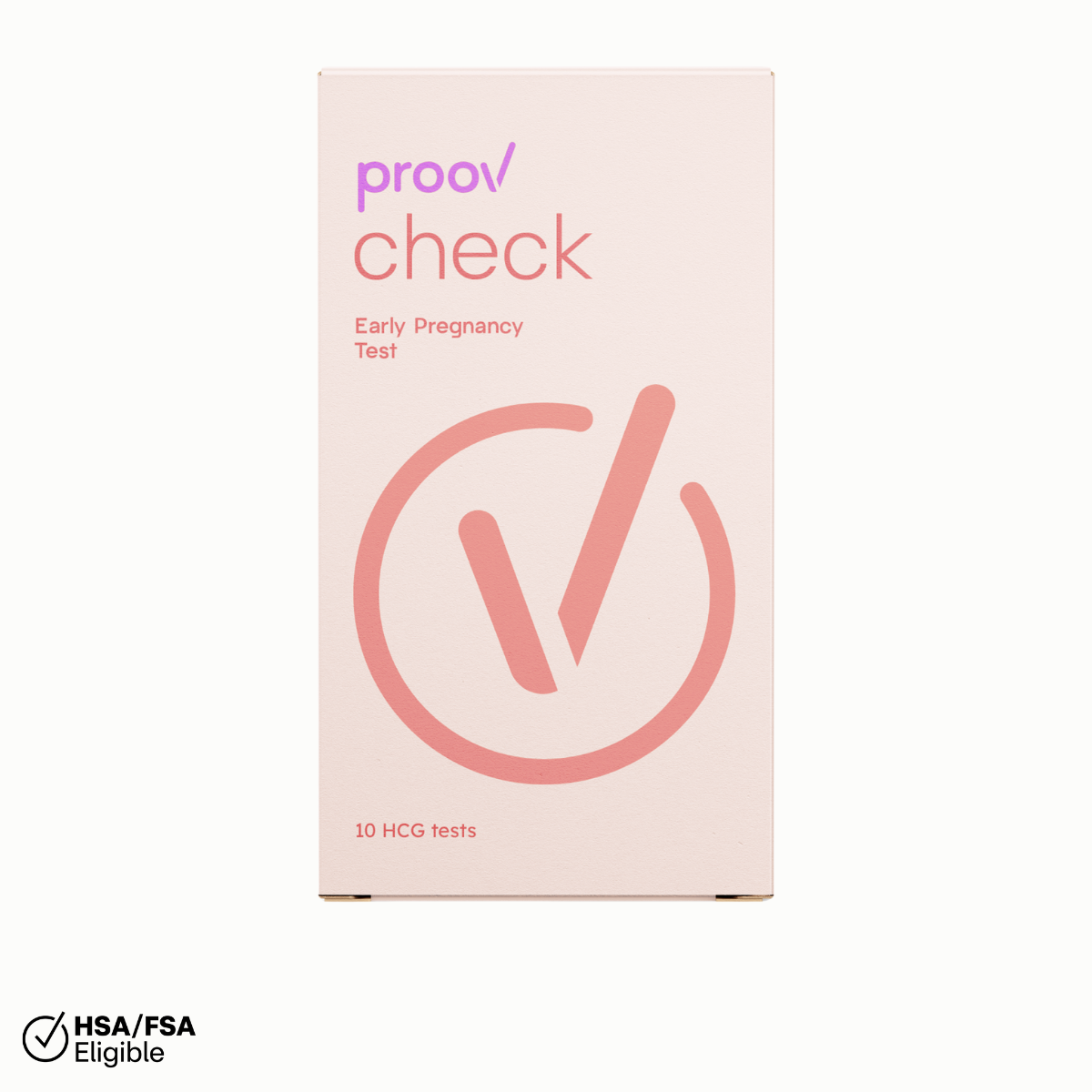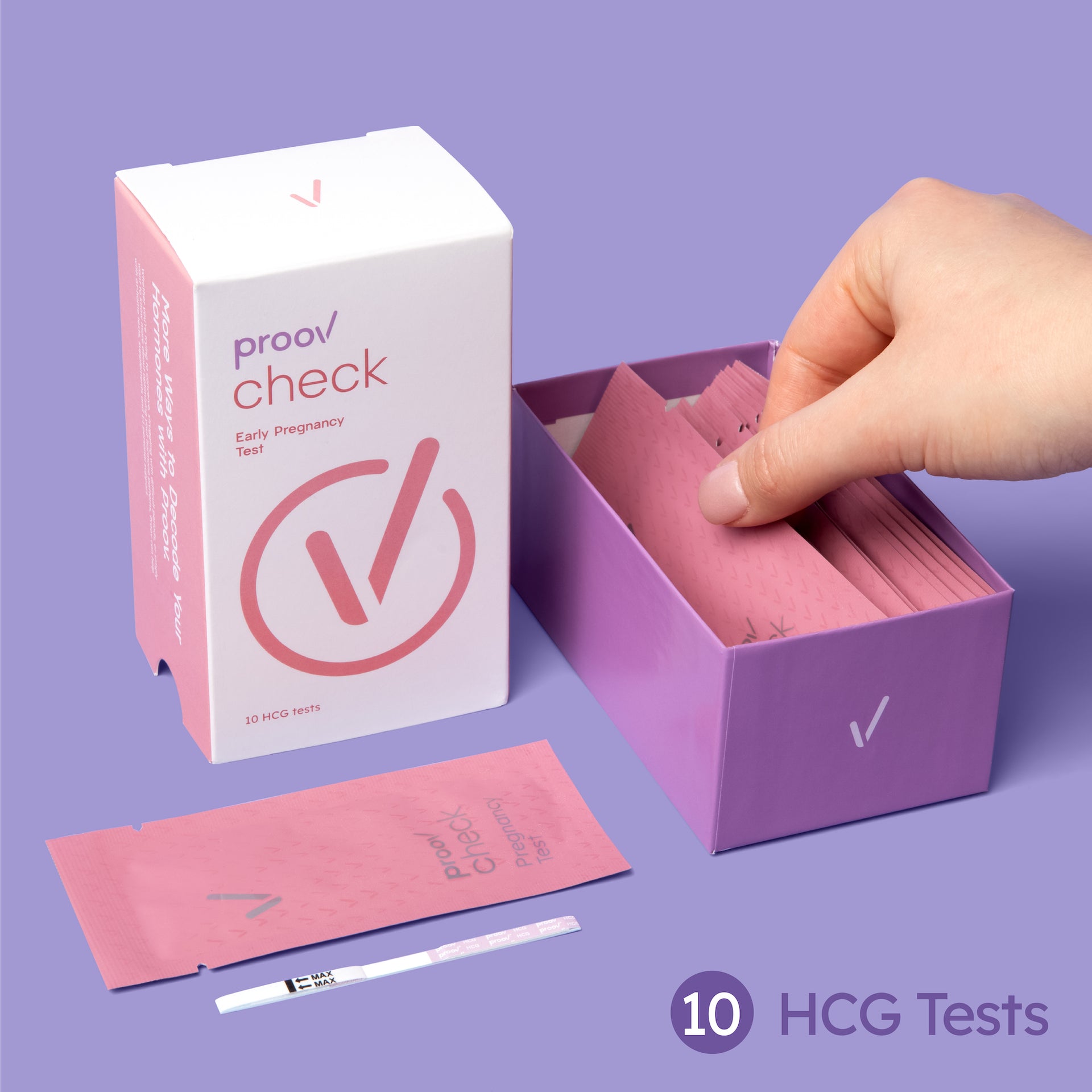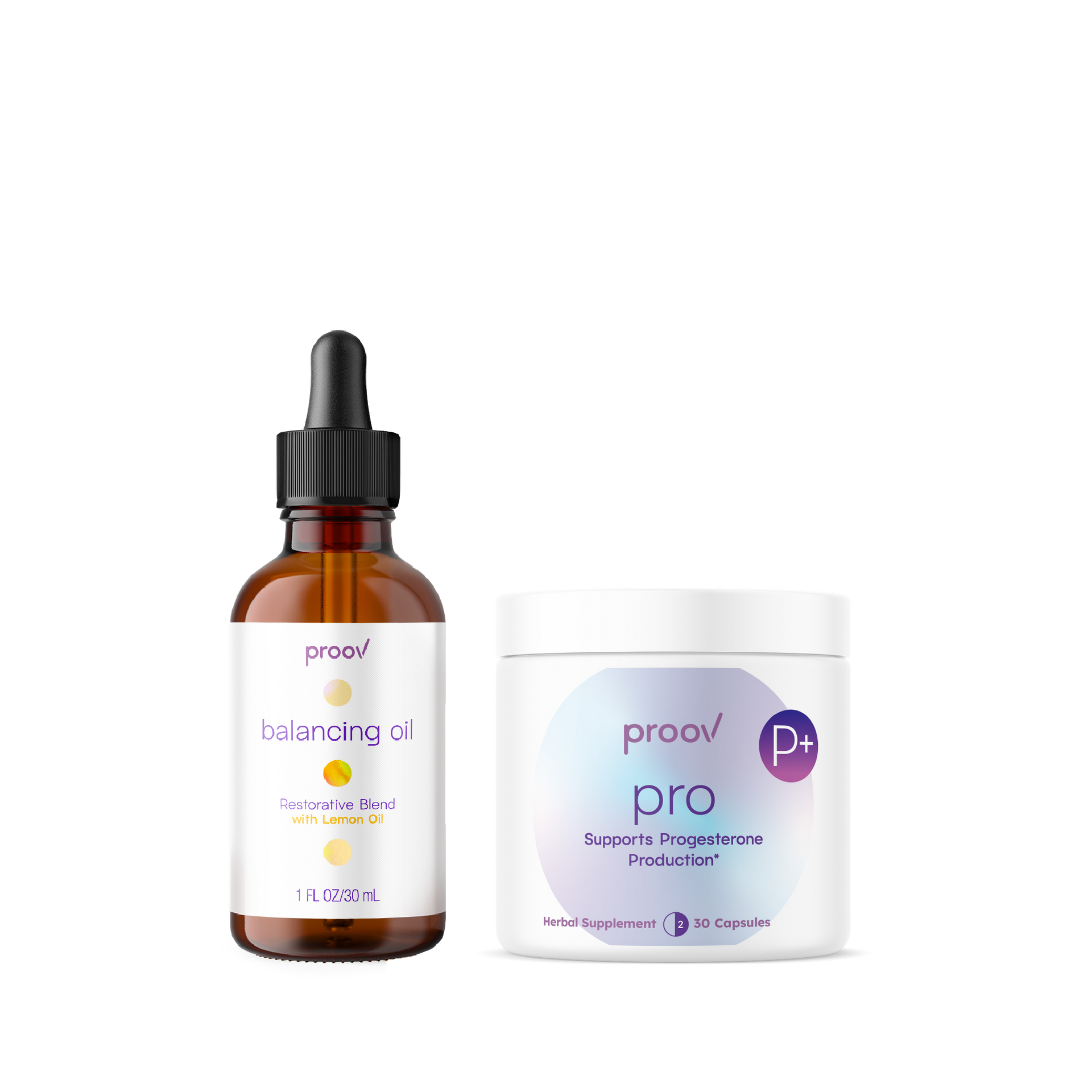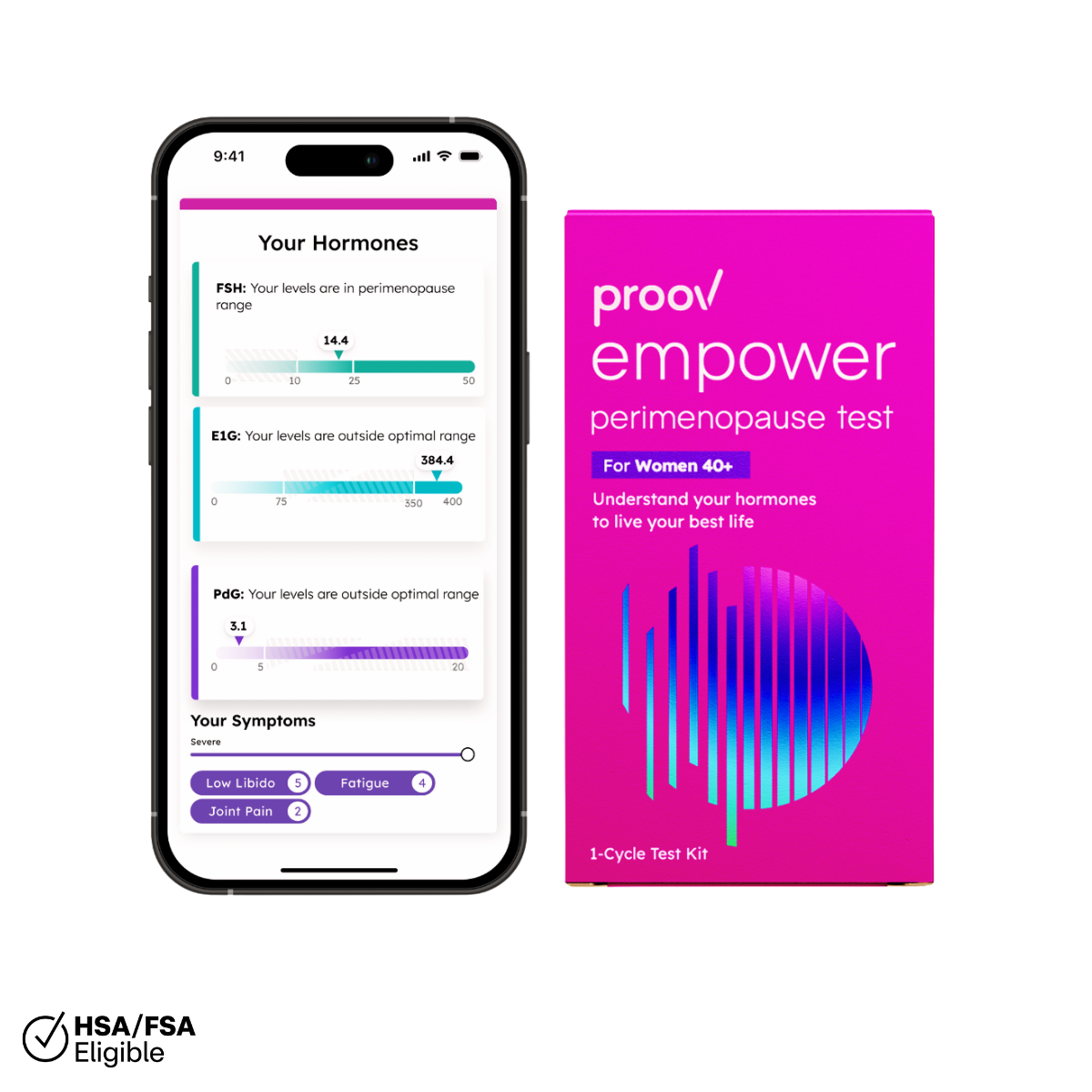By Julia Schuller, Co-founder and CEO of Bloom Health
Natural birth control gets a bad rap. People hear it and immediately go, “What, like the pull and pray method?” or “That’s how I was born!” But the reality is that natural birth control is legitimate and science-backed. Most of us just weren’t taught about it in health class, which prevents us from learning how our bodies actually work.
Hesitation surrounding hormone-free birth control often comes from fear-based messaging. For years, we’ve been told that the only safe way to prevent pregnancy is with hormones or devices like the IUD. While these are effective methods of birth control, today, we have better access than ever to women’s health education from doctors and scientists well-versed in effective methods of natural birth control.
What is Natural Birth Control?
The scientific term for natural birth control is fertility awareness-based methods, or FABMs. These methods work by identifying when you’re fertile on a daily basis often through tracking a biomarker. When you know when you’re fertile, you can time intercourse to reach your desired outcome. For example, if you’re using an FABM for natural birth control, you can postpone sex on a fertile day or use a condom that day. On non-fertile days, you can have sex without the fear of getting pregnant with similar efficacy rates to hormonal birth control methods like the birth control pill.
Let’s dive into the most common myths about hormone-free birth control:
1. “Natural birth control is the same as the rhythm method”
This is the most common misconception. The rhythm method (also known as the calendar method) has been around for centuries. It assumes you ovulate like clockwork every 28 days, which isn’t how many cycles work.
There is much more to most modern fertility awareness-based methods (FABMs). The most effective FABMs are grounded in actual biomarkers and daily observations, not guesswork. Here’s a quick overview of common fertility awareness-based methods:
Calendar or Standard Days Method:
Uses past cycle lengths to estimate fertile days and works best for women with extremely predictable cycle lengths. Up to 95.2% effective with perfect use.
Temperature-Only Method:
Tracks basal body temperature to estimate most fertile days. The temperature method only estimates the beginning of your fertile window, and is more reliable for identifying the close of your fertile window. Up to 98% effective with perfect use.
Cervical Fluid Method:
Observes changes in cervical fluid throughout the cycle to identify a woman’s fertile window in real time. Works well for women with irregular cycles which occur in women under stress, while breastfeeding, during perimenopause and with common health conditions like PCOS. Up to 99% effective with perfect use.
Progesterone (PdG) and LH Testing:
Confirms ovulation occurred by detecting a hormone shift via urine-based test strips. Highly effective when combined with FABM observation methods like cervical fluid or temperature FABM methods.
These efficacy rates come from a peer-reviewed review published in Frontiers in Medicine on fertility awareness methods (Duane et al., 2022).
2. “It’s not effective”
This one gets repeated a lot, but it’s just not true when fertility awareness-based methods are used correctly. As we just learned, fertility awareness-based methods can be up to 99% effective, similar to hormonal birth control. And yes, there are clinical trials to back this up, including one from the World Health Organization.
Efficacy for Hormonal vs. Natural Birth Control Methods (Perfect Use)
|
Method |
Perfect Use Effectiveness |
|
Natural Methods (FABMs) |
Up to 99% |
|
Hormonal IUD |
99.8% |
|
Copper IUD (Non-hormonal) |
99.4% |
|
Contraceptive Pill |
99.7% |
|
Vaginal Ring |
99% |
|
Condom |
98% |
Perfect-use effectiveness data from the CDC’s Contraceptive Effectiveness Table and Duane et al., 2022 in Frontiers in Medicine.
Natural methods of birth control, or FABMs, are based on your real biology, and when you combine them with tools like Proov, they’re more precise than ever. And it’s not as scary to track as you might think…more on that later.
3. “You can only use natural birth control if your cycle is perfect”
A “perfect” 28-day cycle sounds nice, but it’s not the reality for many people. Conditions like PCOS and endometriosis can make cycles irregular (believe me, I would know), and life stress can throw things off too. But that doesn’t mean natural birth control is off-limits.
I personally have PCOS and endometriosis, and I’ve successfully used a natural method since 2019. With tools like Proov PdG testing, even people with irregular cycles can confirm ovulation with certainty and identify the close of their fertile window. In fact, these methods can help you see how your cycle responds to lifestyle changes, stress, and give you insights into your overall health.
4. “It’s too hard to track everything”
Learning to track your cycle can feel like a lot at first, but as my doctor and co-founder at Bloom, Dr. Danielle Miller, taught me early on, it’s just like driving a car. Once you get it, you get it! Apps like Bloom Birth Control teach you how to track cervical fluid, and tests like Proov PdG make the process simple and easy.
Plus, think about it…taking the pill requires you to remember the same dose at the same time every day, and women often miss pills or take them late. Tracking your cycle is just a few minutes a day, and it gives you useful information about your body instead of just suppressing your body’s natural rhythm.
5. “You can’t use natural birth control if you’re TTC later”
Actually, it’s the opposite. Natural birth control gives you immediate power over your fertility because it helps you know when you can and can’t get pregnant. When you’re ready to try, you already know exactly when you’re fertile.
This puts the power immediately in your hands and can even cut the time it takes to conceive in half because you’re already body literate.
Why body literacy matters
Natural birth control is about so much more than avoiding or achieving pregnancy. It’s about knowing your body. Ovulation is an indicator of overall health, and your body will often delay ovulation when you’re stressed, undernourished, or dealing with chronic health issues.
By using tools like Proov or Bloom, you get valuable insight into not only your fertility but your hormonal health. That knowledge helps you advocate for yourself with your doctor, notice early signs of health issues, and feel empowered to make decisions for your body.
Natural birth control puts you in the driver’s seat of your health. When you understand your cycle, you’re not just making informed choices about pregnancy, you’re unlocking a new level of body literacy and empowerment.


